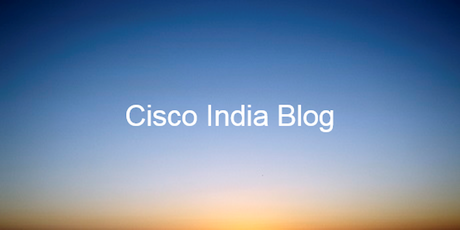
The Importance of Video Security That Scales
This month at IBC, we announced the figure of 300 million active VideoGuard Everywhere client devices. Think about that for a moment!
How did we get this far? Not long ago, Service Provider video distribution was simple: Service Providers distributed the content they purchased from video programmers, over the networks they managed, to set-top boxes they also managed. (Ah, life was so much simpler then!)
And while this simplicity limited our viewing experience to a big screen at home, it was reasonably sufficient — because at the time, the big screen was pretty much the only screen we watched. Such end-to-end, managed environments simplified operations, and made it easier to protect the video service from piracy.

Then came the emergence of broadband connectivity, and the wide availability of second (and third, and fourth) screen devices. Their very existence allows service providers to provide more content to more devices, over a variety of wired and wireless networks, which is good. But the need to keep purchased video content secure forever looms as a challenge — a challenge that widens with every unmanaged device and network that enters the field of view.
Initially, Service Providers tried the waters by deploying standalone, over-the-top video services to unmanaged devices, like personal computers. But, increasingly, traditional, managed distribution and the newer, over-the-top (OTT) distribution are converging. Set-top boxes can now receive the same OTT service as unmanaged devices, while content from the managed network can be shared to unmanaged devices.

This convergence of managed/unmanaged services and devices demands a similar convergence in video service protection. Operators want to be able to provide a wide range of services, without needing to manage multiple service protection systems. They want to know, rock solid, that the content is well protected, wherever it is.
At IBC, we showcased our VideoGuard Everywhere platform. If I may brag briefly: It’s the world’s leading video service protection solution, as gauged by the largest deployments — not only of traditional, managed delivery to dedicated hardware, but also of software security solutions for connected devices.
For connected devices, VideoGuard uses advanced IP and cloud connectivity to move core service protection components — including the basic decisions about who’s allowed to view what content and in what ways — from the end devices, into the service providers’ controlled servers.
Such a shift to the cloud does three big things: It enhances the security of the solution, for one. It enables the use of thin clients to reduce total cost of ownership, two. And third, it increases feature velocity in a way that scales over large systems — forever a challenge.
- To my knowledge — and I admit, I’m slightly biased — VideoGuard Everywhere is the only unified video service protection solution in the world that’s proved its ability to scale.
Reaching the milestone of 300 million active VideoGuard Everywhere clients was possible in large part to some very large deployments using VideoGuard Everywhere. I’m not allowed to name names, but here’s some sexy numbers:
- Two systems with over 50 million client devices each (!)
- Over 40 million connected devices activated to date with VideoGuard Everywhere software security — including two systems with over 5 million active clients each
A downloadable conditional access solution (abbreviated “DCAS”) for connected set-top boxes that’s approaching 5 million clients — so, also a world’s largest.
VideoGuard Everywhere enables the growth of service providers’ managed and unmanaged end points by providing superior security. Ultimately, it’s a great way to prevent piracy by simplifying the operations of complex systems, and by reducing the total cost of ownership.
Tweet us with your pictures, questions or comments at @CiscoSPVideo.
Tags:



